
Mound City
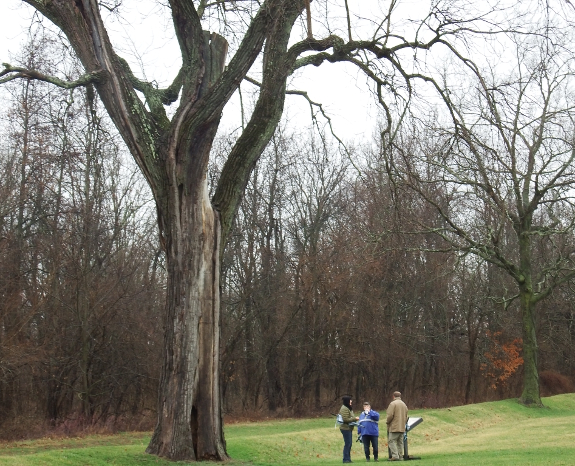
I like to go places that
make me feel small.
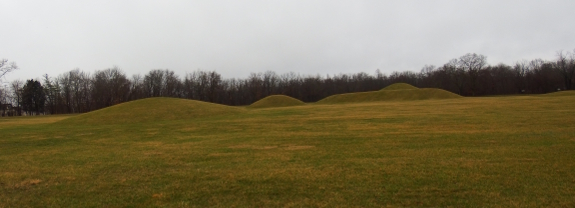
Mark and I had actually
been to Mound City (Hopewell Culture National Historical Park) before,
but somehow I didn't manage to make a post about it. Probably because
we were just passing through, on a road trip deadline. This time, we
made a day of it and spent two edifying hours on the site.
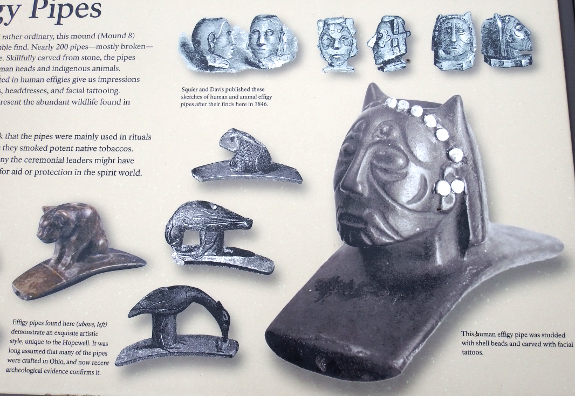
A new and improved
interpretative movie helped me understand the site much better than I
had the last time around. Apparently, during the Hopewell period (200
BC to 500 AD), there were no cities in the region. People lived as
family units, with three dwellings the most that have ever been found
in one place.
There was no big
political structure either, and everyone hunted or gardened for their
own food. And yet, despite all this, the Hopewell people were able to
create artworks rivalling those produced by societies with a designated
artisan class.
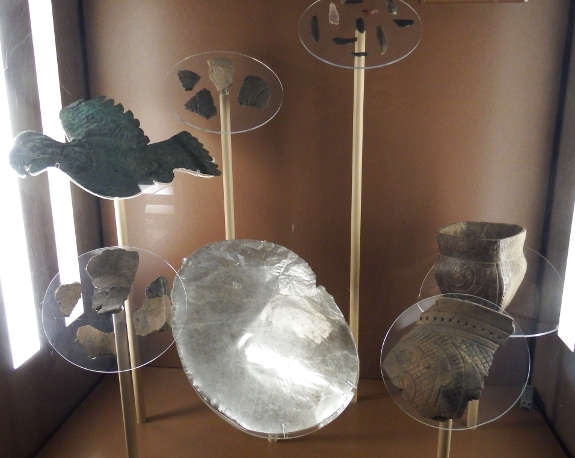
They also brought in
goods from very far afield, perhaps via ceremonial journeys rather than
through trade. The mica from North Carolina particularly inspired me
because I could see how the reflective surface might tie into the
various Hopewell sites' Stonehenge-like obsession with astronomy and
the sky.
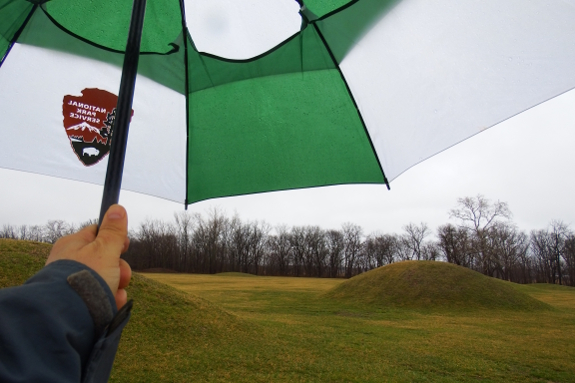
"These walled complexes
were likely the gathering places of people who wanted to form community
even though they were not living together in villages," one brochure
read. Sounds a lot like a homesteading blog, doesn't it? Perhaps that's
why these massive earthworks fire my imagination and send me plotting
out more visits to other sites in the near future.
Want more in-depth information? Browse through our books.
Or explore more posts by date or by subject.
About us: Anna Hess and Mark Hamilton spent over a decade living self-sufficiently in the mountains of Virginia before moving north to start over from scratch in the foothills of Ohio. They've experimented with permaculture, no-till gardening, trailersteading, home-based microbusinesses and much more, writing about their adventures in both blogs and books.
Want to be notified when new comments are posted on this page? Click on the RSS button after you add a comment to subscribe to the comment feed, or simply check the box beside "email replies to me" while writing your comment.
- Remove comment
